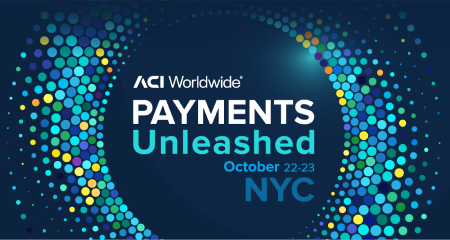Querying “What is Digital Transformation” in Google returned 455,000,000 results in 0.57 seconds, but I think it can be distilled into three distinct areas; culture, talent and technology. A bank cannot be successful with only one or two of these – real digital transformation requires a bank to embrace a new culture, have new talent and use the latest technology to transform their infrastructure and win in today’s world.
Culture
There needs to be a large culture shift in terms of risk and acceptance of small failures. The correct organizational structures should be in place – not just on an org chart, but reflected in the way the entire workforce interacts.
Digital transformation has to be seen as a key strategy to improving the profitability of the bank. Not only can banks simplify cumbersome legacy processes to reduce cost, but when transformation is done well, it also provides a top line benefit – improving the customer experience. This helps a bank to win more customers and improve stickiness with existing ones. What banks cannot afford to do is participate in ‘Corporate Innovation Theatre.’ Culture and risk tolerance are far more than letting people wear jeans and adopting jargon to “disrupt yourself;” it must be ingrained in processes, procedures and people.
Talent
People who work in fast, nimble organizations where shades of grey exist are very different to people who work in top down, hierarchical organizations that exist in black and white worlds. It’s a different mindset and requires different skill sets. You can’t replace your staff in one fell swoop, but must invest in training, have clear business needs and overcommunicate during the change process. Of course, big bang transformational efforts are hard and are usually not successful – even the transition to an agile organization in order to support digital transformation effort is going to be iterative. In fact, there was a great Harvard Business Review article about agile at scale, which references ING in the Netherlands.
“It dissolved the organizational structures of its most innovative functions, including IT development, product management, channel management, and marketing—essentially abolishing everyone’s job. Then it created small agile “squads” and required nearly 3,500 employees to reapply for 2,500 redesigned positions on those squads. About 40% of the people filling the positions had to learn new jobs, and all had to profoundly change their mindset.”
Technology
Of course, technology is key to any transformation effort. There are several different approaches that banks can, and have, taken to transform their technology:
- Fintech Friendly – An example is BBVA, which took a technology-first approach in stating that their apps had to be easy to use by outsiders. By focusing on a small component, they set up a great developer portal, which outside fintechs found easy to use. Those fintechs aren’t constrained by old technology or outdated design concepts; they took these interfaces and innovated themselves. BBVA will likely receive revenue from these new services and remain the customers’ primary account.
- Digital Only – Several banks have set up digital-only banks. This is not a new concept here in Nebraska: First National Bank of Omaha (~$20B in assets) have long had “FNBO Direct” to serve the nation. Most recently, Santander set up a separate bank called Open Bank. The advantage of starting a new operating entity is that it is freed from legacy technology, and technologists can answer the key question; “if you were to build a bank today, how would you do it.” It will be interesting to know how much of the technology that Santander gets from IBM will be diverted to Open Bank.
- Surrounding Legacy Tech – Without naming specific banks, many in the industry are currently taking a “make-do” approach. Here, they wrap their legacy technology with new API-enabled services layer. They do this to preserve their investment in the old technology and – quite frankly – replacing this technology can be complex and difficult. But what are the benefits? They can have easy integration with multiple systems for an enterprise view of customers, accounts and transactions, with simplified management of all API connections across all systems. But that doesn’t mean anything to the end user! What the customer sees is new payment types supported – and faster than ever before. These can be new digital payments, which allows these banks to compete with the digital-only and fintech-friendly banks.
Bringing these three key areas together is how you can build a bank in today’s world. One result in Google was from Salesforce, claiming digital transformation is the “reimagining of business in the digital age.” This is certainly true for banks. How they reimagine banking and servicing the customer will lead to their ultimate success or failure in the next ten years.
How does ACI support digital transformation at leading banks around the world? Find out how we drive opportunity from disruption: www.aciworldwide.com/npe




